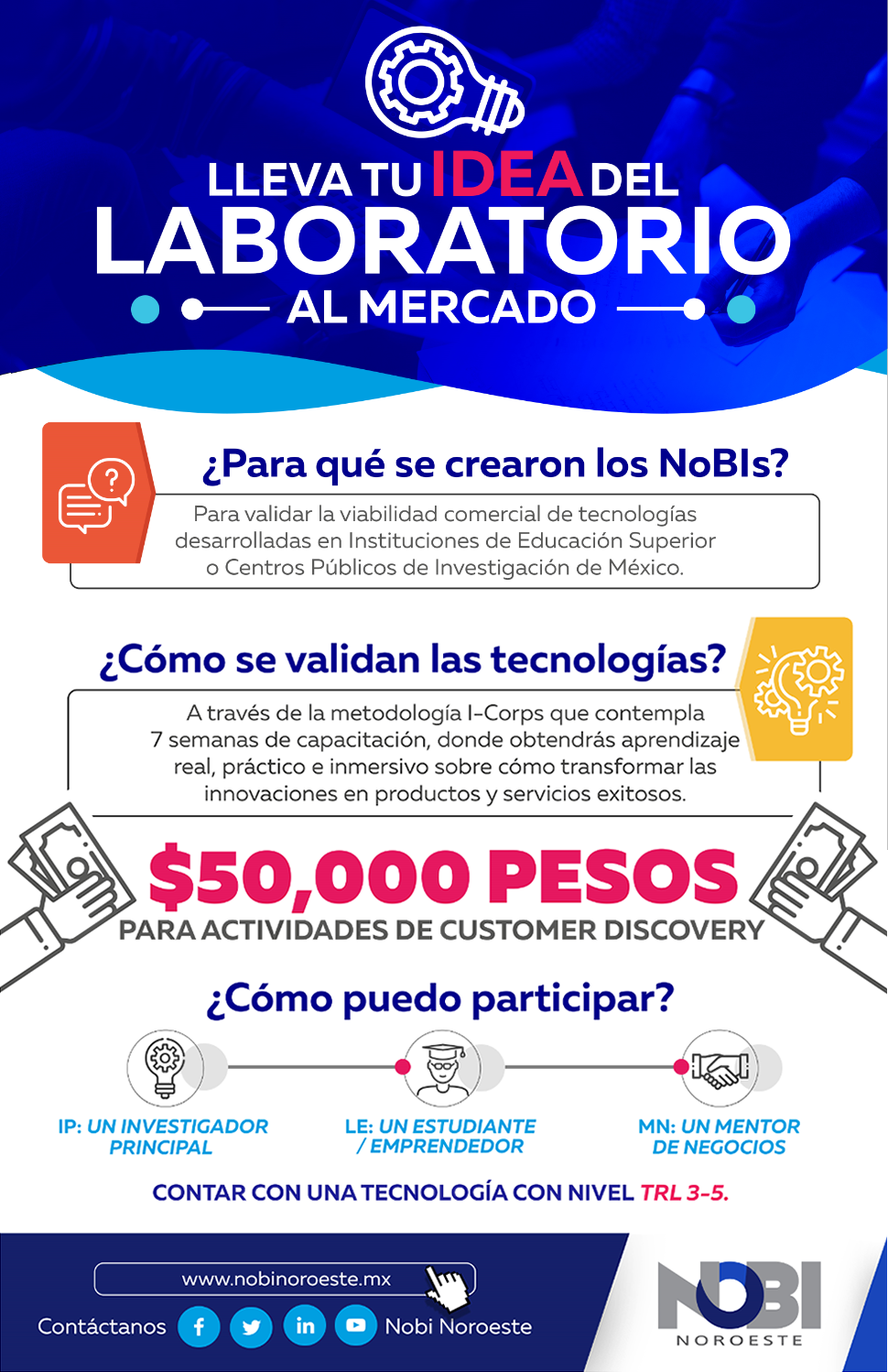As part of the equipment and work material acquisition activities to strengthen applied research, and in order to foster programmes and strategies developed in the matter of robotics and artificial intelligence at the Technological Innovation Park (Parque de Innovación Tecnológica, PIT) belonging to the Autonomous University of Sinaloa (Universidad Autónoma de Sinaloa, UAS), it was recently acquired a SoftBank Robotics’ humanoid robot NAO Evolution, a model that has been used in over seventy countries for computing and sciences classes, from elementary school to university, thus helping students to programme in a practical manner.
On Friday 27th of January this year, the person in charge of Robotic Products and Artificial Intelligence of Mediatec Group enterprise, engineer Irving Figueroa Sumano, imparted a brief course at the Park’s facilities, with a duration of about four hours, with an assistance of 10 collaborators from the areas of Robotics, Technical Support, Prototypes Workshop, as well as students who are doing their professional residences or practices at the PIT-UAS. The instructor showed to attendees the basic configurations for the recently acquired equipment’s starting and broached themes about its correct functioning (software and hardware).
During the exercises were applied the software updates, the name assignation for the equipment, the internet wireless connection; likewise, the engineer taught attendees the basic notions of the NAOqi operative system; lessons related to equipment’s care, good usage and maintenance were particularly emphasised. Through examples, the attendees learned how to programme activities like dancing, walking, saying phrases, among other applications of this robot.
Among its main characteristics stand out the following: it counts on 25 degrees of freedom (that can function similarly to the human body’s articulations), it possess the omnidirectional walking ability, it also has prehensile hands with grips at fingers to objects manipulation, as well as electronic and mechanical elements like sensors, video cameras, microphones and an inertial measurement unit.
The product, acquired thanks to the institutional support provided by the university Central Administration, is the humanoid robot most used for academic and research purposes all over the world, it functions either autonomously or through teleoperation from a computer and is world-famous by being the official model for the RoboCup.
Having said that, the pedagogical applications in which NAO can be used vary and, just to mention some of them, they can appear in fields like computer vision, face and voice recognition, signals processing, location and navigation of an intelligent system, kinematics, dynamics and mechanics, among others that may emerge from the necessities of researchers and collaborators belonging to this UAS’ organizational unit.
Regarding to NAO’s usefulness at PIT-UAS, within the framework of interdisciplinary applied science projects development, MSc in Electronics Engineering Gabriel Zúñiga, person in charge of the PIT-UAS’ Robotics and Virtual Reality Laboratory, stated: «The NAO robot is a development platform with academic and research purposes. It is useful for us on learning and research within the fields of electronics, informatics, robotics and control; precisely on themes like locomotion, algorithms, artificial intelligence and signals processing, to mention some».
Written by Moroni Arellano (Communication and Diffusion, PIT-UAS), translated by Belem Ruiz (Edition and Communication, PIT-UAS).



 Parque Científico Tecnológico, Universidad Autónoma de Sinaloa © 2015
Parque Científico Tecnológico, Universidad Autónoma de Sinaloa © 2015